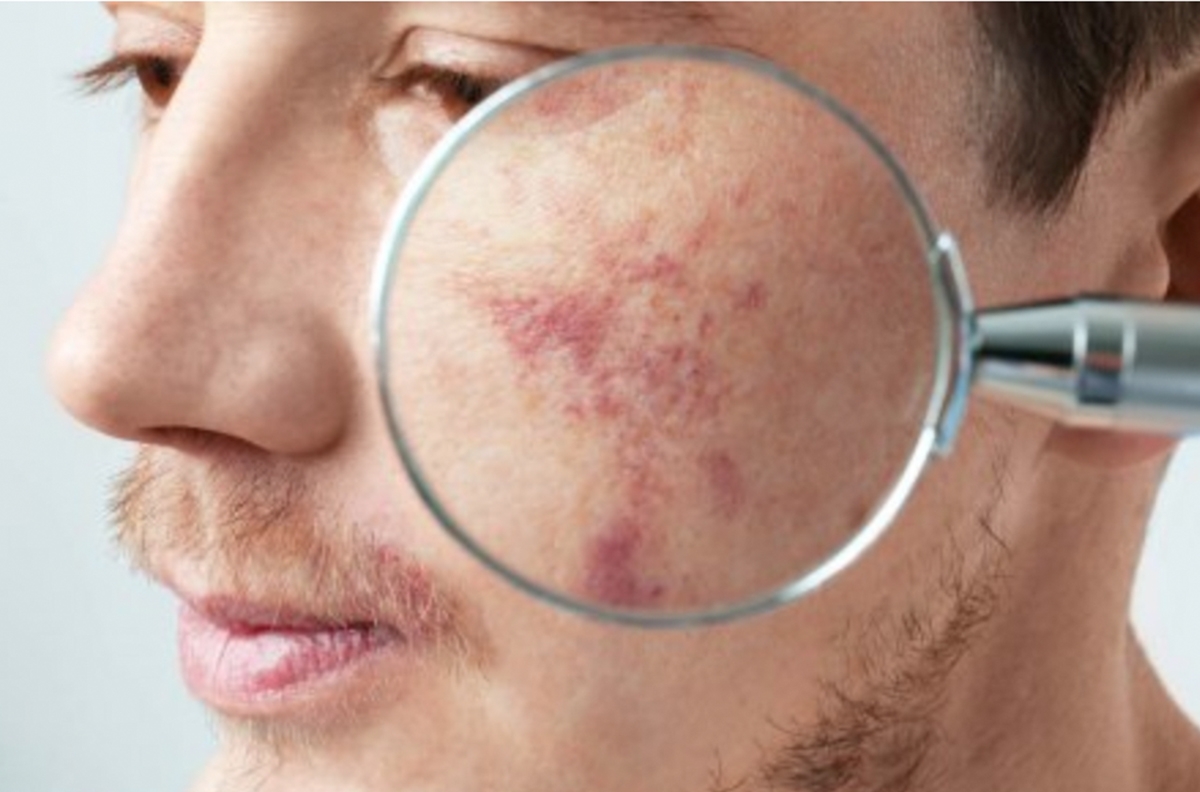Skin pigmentation is a health disorder that affects the normal appearance of your skin. It is easily noticeable because of the change in color in the area with the disorder. The melanin gives your skin its color. Hyperpigmentation occurs when the color pigment cells of the melanin get damaged or when the cells are unhealthy.
In this article, we take a quick review of some of the hyperpigmentation conditions, treatment options, among other related issues.
Let’s begin…
Types of skin pigmentation
Some skin pigmentation like birthmarks act as beauty spots for some people, while for others it affects their self-esteem or poses health risks.
Birthmarks
Birthmarks are abnormal skin colorations that appear at birth or a few days after birth. Most of the birthmarks are normal while others are cancerous and may pose serious health risks for individuals.
Pigmented birthmarks
Nevus of Ota
They are gray or blue discolorations on the skin which appear on the face or in the eyes. They result from excessive production of melanin on the skin causing discoloration. Many people with the disorder are prone to conditions of skin cancer such as melanoma cancer of the eye, cancer of the central nervous system, and others. They may also cause glaucoma on the individuals.
Treatment:
You can use prescribed bleaching agents for this kind of discoloration, such as laser, hydroquinone, laser skin resurfacing at Melbourne’s Hair and Skin Clinic, and others.
Hemangiomas
They are birthmarks that appear as growths on the face, arms, trunk, and legs. They are a bunch of tiny blood vessels concentrated on one spot. Some hemangiomas are easily visible on the skin, while others appear bluish since they are deep in the body. The level of severity of this condition depends on if it reduces as your child grows up. Treatment is recommendable to avoid consequential health issues such as bleeding, ulcers, and others.
Treatment:
Use of corticosteroid medication, laser treatment, surgery, use of topical or oral beta-blocker medications. You should first consult an expert on the treatment required to avoid various serious side effects of these treatment methods.
Other pigmented birthmarks include Macular stains, Port-wine stains, and others.
Skin pigmentation disorders
Albinism
Albinism results from a lack of melanin in the skin, hair, or eyes. The condition is inheritable because of the presence of a gene that prevents the production of the pigment melanin.
Treatment:
The condition has no cure. The people with the condition should use sunscreen to prevent them from skin cancer. A visit to an ophthalmologist is recommendable to avoid eye problems.
Vitiligo
Vitiligo is a condition caused by pigment loss. The body’s immune system attacks color pigment cells which cause white patches on the skin. It can cause other health issues such as anemia, diabetes, and others.
Treatment:
There is no cure, but you can get treatments such as the use of topical steroid preparations, topical immunomodulators, excimer laser, and others.
Other pigmentation disorders include; Post-inflammatory hyperpigmentation, Ashy dermatosis, Melasma, Lentigo Solaris, among others.
You should seek medical advice from experts to manage hyperpigmentation conditions. It is advisable to seek skin protective measures for a healthy and happy lifestyle. Hyperpigmentation may bring about other health issues, hence it is crucial to ensure that your condition gets checked by a health expert.
Dark Knuckles
Dark knuckles, medically known as acanthosis nigricans, is a condition characterized by the thickening and darkening of the skin around the knuckles and joints. This hyperpigmentation often results from factors like friction, hormonal imbalances, obesity, and certain medical conditions like insulin resistance or polycystic ovary syndrome (PCOS). In some cases, dark knuckles might also be a sign of an underlying health issue such as diabetes or thyroid disorders.
Treatment:
While there is no definitive cure, various treatments can help to treat dark knuckles. These include the use of moisturizing creams, exfoliating agents, and skin-lightening creams containing ingredients like glycolic acid or kojic acid. Addressing the underlying health condition, if present, is also crucial to achieving effective results. Consulting a dermatologist can provide tailored recommendations to manage dark knuckles and its potential underlying causes.
Other pigment-related conditions encompass post-inflammatory hyperpigmentation, a response to skin inflammation; ashy dermatosis, leading to grayish patches on the skin; melasma, causing brown or gray patches on the face; and lentigo solaris, resulting in small, dark spots due to sun exposure, among others. Just as with dark knuckles, seeking professional advice is key in addressing these conditions appropriately.




































































